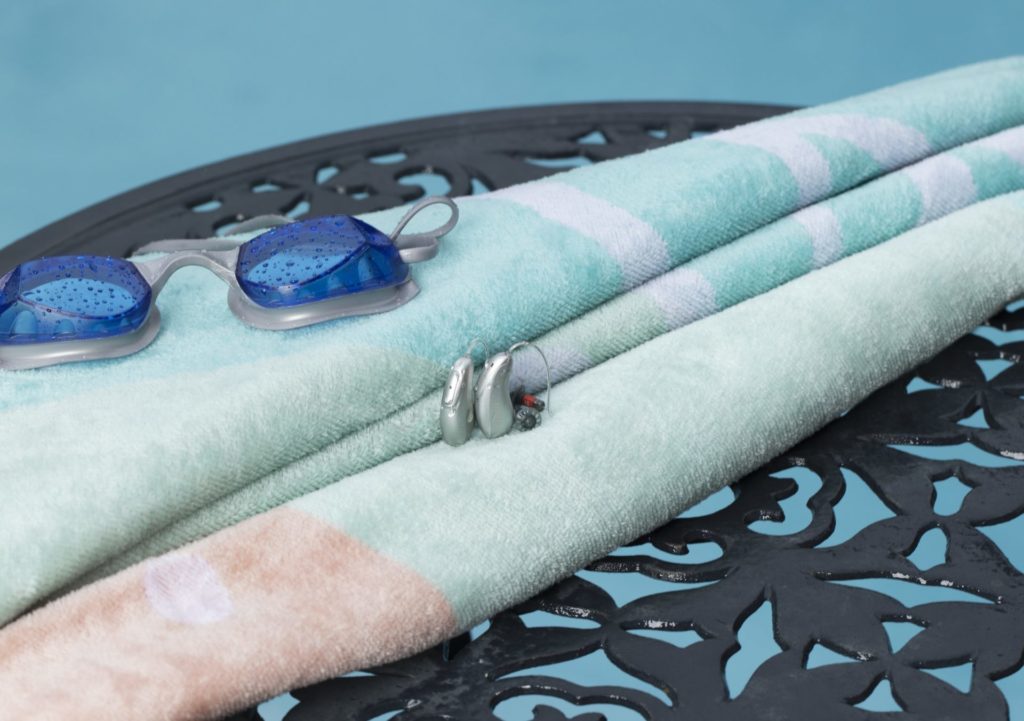Common hearing aid problems and how to fix them
Having trouble with your hearing aids? Whether you’re experiencing more feedback than usual, a drop in sound quality or are simply struggling to adjust to a new device, most hearing aid problems can be fixed at home.
When relying on hearing aids every day to help alleviate the symptoms of hearing loss, we understand how frustrating it is when the device isn’t performing as it should. Fortunately, all it takes is a basic understanding of the common issues that can arise, how to troubleshoot them and what to do to prevent any problems in the future.
The below guide should help you to do all of the above effectively, so you can get your hearing back on track in no time.
Hearing aid feedback and whistling
One of the most common problems encountered by hearing aid wearers is receiving feedback or hearing whistling sounds through the device. This often happens when sound leaks from the device’s receiver and is picked up by the microphone, causing a frustrating feedback loop.
Preventing and troubleshooting hearing aid feedback
Hearing aid feedback can happen for many reasons. Once you identify the root cause of it, you should be able to solve the problem easily. Here are some of the most common causes and what you can do to resolve them.
- Adjust the fit – Surprisingly, ears can actually change shape over time. This can lead to the earmolds becoming loose and not sealing correctly which can cause feedback issues. If this is the case, it’s wise to get your hearing aids re-fitted or replaced.
- Check for ear wax buildup – Excessive ear wax can block the ear canal, stopping sound from travelling through and causing it to bounce back into your hearing aids which can result in a whistling sound. The easiest way to fix this is to book an ear wax removal appointment with a professional audiologist.
- Adjust the volume – Excessive feedback or whistling can be a result of the volume on your device being too high. Try turning the volume down and see if this helps reduce the feedback or whistling.
Hearing aids can be subject to wear and tear over time which can lead to broken tubing, dislodged microphones or loose fittings. Any change to the device’s structure or fitting can lead to feedback issues which your hearing care provider should be able to resolve.

Hearing aid producing weak or distorted sounds
If you find that your hearing aids aren’t loud enough even at the highest volume, or the sound emitting from them seems distorted or muffled, you may just need to carry out some maintenance or adjust the settings.
Troubleshooting checklist
- Ensure that your hearing aids are fully charged or replace the batteries if your device isn’t rechargeable. Low or weak batteries can cause sound issues, so it’s wise to ensure your device is always charged or carry spare batteries with you.
- Clean the microphone and receiver openings regularly to remove any accumulated debris. A build-up of dust or dirt can block sound transmission, often resulting in weak or distorted sound. Refer to the manufacturer’s instructions and take great care when cleaning the fittings.
- Change the wax filter. A blockage of the wax filter can reduce the level of sound reaching your ears.
- If activated, use the volume and programme buttons on the hearing aid, or linked mobile phone application to adjust the settings. This can help to temporarily resolve the issues until you can arrange an appointment with your audiologist to discuss the issues further.
Hearing aids damaged by water or moisture
As with any electronic device, hearing aids and water don’t get along. Many hearing aids are designed to be water resistant but not waterproof. This means that they’ll typically be unaffected by a splash of water or a drop of rain but submerging them is a no-go.
Accidents do happen, and if you find yourself still wearing your hearing aids after jumping in the shower, you’re not the first person to do so.
Here are the most important steps to take if you get your hearing aid wet:
- Quickly remove the hearing aid from any water or moisture – If you suddenly notice you’re still wearing your hearing aid whilst showering or swimming, or have dropped it in water, remove it immediately and take it to a dry place.
- Turn the device off and remove the batteries – It’s likely that the water may have penetrated inside the device, so where possible, remove the battery and leave the compartment open to dry.
- Dry the device as quickly as possible – Start by soaking up any visible moisture and leave the device in a warm, dry environment. Air drying can take 24 to 48 hours, but investing in a hearing aid dryer is a great option to speed up the process. Alternatively, place the device in a bowl of dried rice to encourage the fast absorption of moisture.

If the above steps don’t bring your hearing aid back to life, get in touch with your hearing care provider as soon as possible for any repairs or replacements that may be needed.
Above all else, it goes without saying that undergoing a thorough hearing consultation and getting your device fitted by a qualified audiologist will stand you in the best position to get the most out of your hearing aid. Following that, undergoing regular maintenance and care procedures will help to prevent any potential issues later down the line.
If you’re really struggling with your hearing aids, it may be that they are no longer suited to your hearing ability. In this case, it’s important to get your hearing re-assessed to find a device that suits your current hearing loss.
Harley Street Hearing is London’s largest independent hearing clinic. Our professional audiologists can conduct a thorough hearing assessment and offer independent advice on the most suitable hearing aid for you. If you need any assistance with your current hearing aids we are more than happy to help. Contact us online or call us on 020 7486 1053 to find out more.
Enjoy this article? You might be interested in some of our others:












